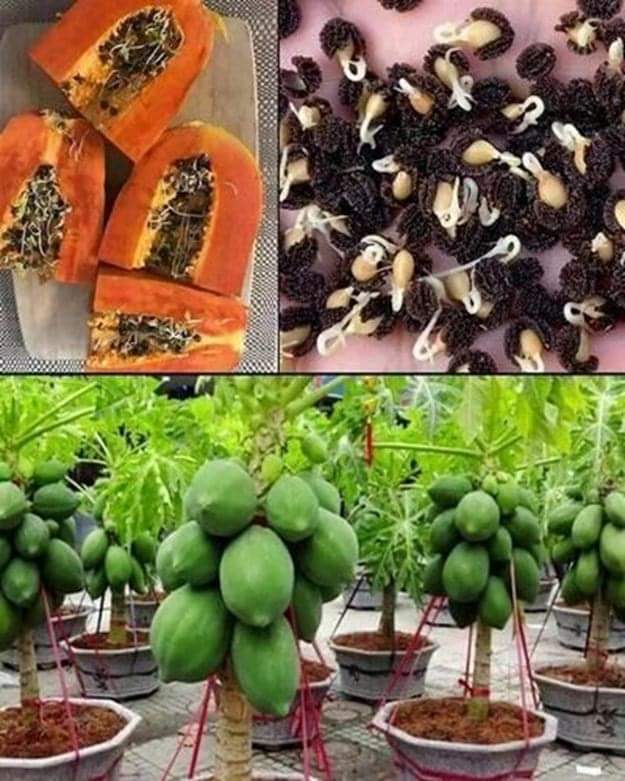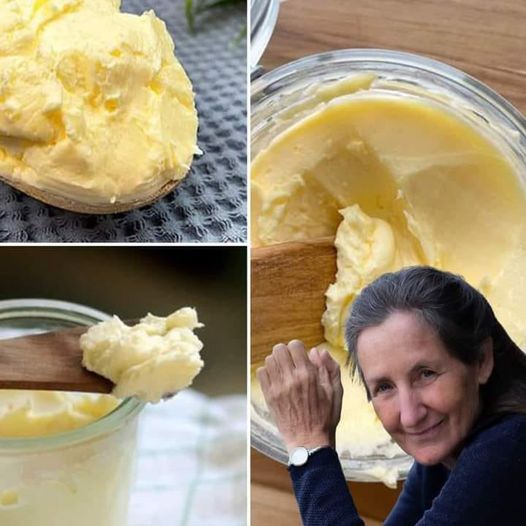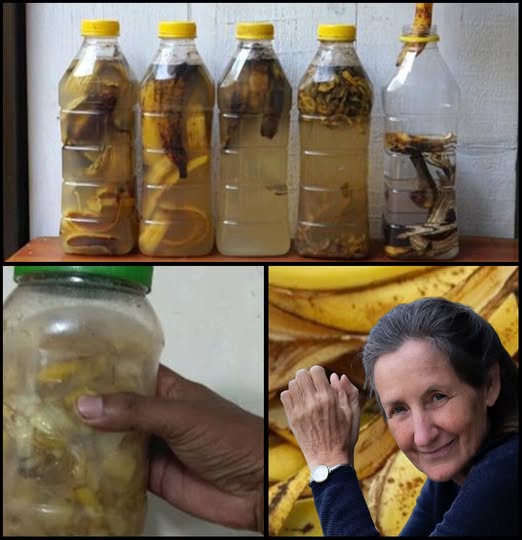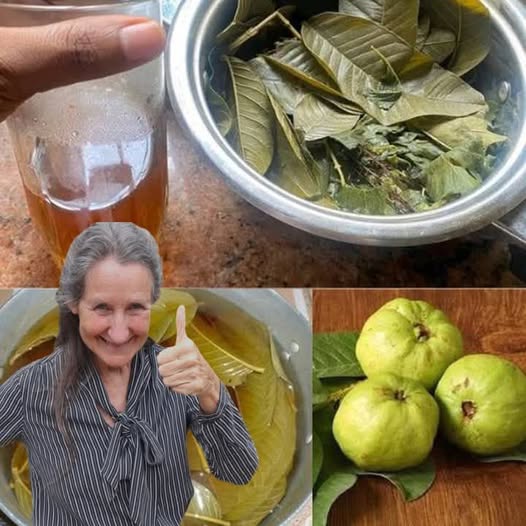Tropical Treat on Your Patio: Growing Papaya at Home in Pots – Unlock a Bountiful Harvest!

Ever dreamed of enjoying homegrown papaya, that juicy and delicious tropical fruit? Believe it or not, it’s possible even without a sprawling backyard! This guide will unveil the secrets to growing papaya trees in pots, allowing you to cultivate your own taste of the tropics right on your balcony or patio.
Papapaya Powerhouse:
Papaya isn’t just delicious; it’s packed with nutrients like vitamins A and C, making it a healthy addition to your diet. Growing your own papaya tree allows you to enjoy the freshest fruit possible, free of chemicals and with a sense of accomplishment.
Potted Papaya Paradise: Choosing the Right Container
- Size Matters: Select a large pot, ideally 10-15 gallons in size. Papaya trees can grow quite tall, and sufficient space is crucial for healthy root development.
- Drainage is Key: Papaya trees don’t tolerate waterlogged soil. Choose a pot with drainage holes to prevent root rot.
Planting Power: Seeds or Seedlings?
- Seed Starting: You can start your papaya journey from seeds extracted from a ripe papaya. Clean and dry the seeds, then plant them in a well-draining seed starting mix. Once seedlings emerge and reach a few inches tall, transplant them to your larger pot.
- Seedling Advantage: For a quicker harvest, consider purchasing young papaya seedlings from a nursery. Look for healthy-looking plants with vibrant green leaves.
Sunshine and Soil: Creating the Perfect Papaya Environment
- Sun Seeker: Papaya trees thrive in full sun, ideally receiving at least 6 hours of direct sunlight daily. Place your potted papaya in a bright and sunny location.
- Soil Selection: Use a well-draining potting mix formulated for tropical plants. You can also create your own mix by combining potting soil, perlite, and compost.
Caring for Your Papaya Tree: A Recipe for Success
- Watering Wisely: Water your papaya tree regularly, keeping the soil consistently moist but not soggy. Allow the top inch of soil to dry slightly between waterings.
- Feeding Frenzy: Fertilize your papaya tree every 2-4 weeks during the growing season with a balanced fertilizer formulated for fruit trees. Follow the instructions on the fertilizer package for proper application rates.
- Pruning Power: Regularly prune your papaya tree to encourage branching and fruit production. Remove any dead, diseased, or damaged leaves, and prune any branches that are growing out of shape.
The Sweet Reward: Harvesting Your Homegrown Papaya
- Patience is a Virtue: Depending on the variety and growing conditions, it can take 7-12 months for your papaya tree to produce fruit. Be patient and enjoy watching your tropical oasis flourish.
- Ripeness Matters: Papaya ripens from the bottom up. The fruit is ready to harvest when the lower half yields to gentle pressure and has a slightly sweet aroma.
Bonus Tip: While papaya trees are generally self-pollinating, gently shaking the tree during flowering can aid in pollination and potentially increase fruit production.





